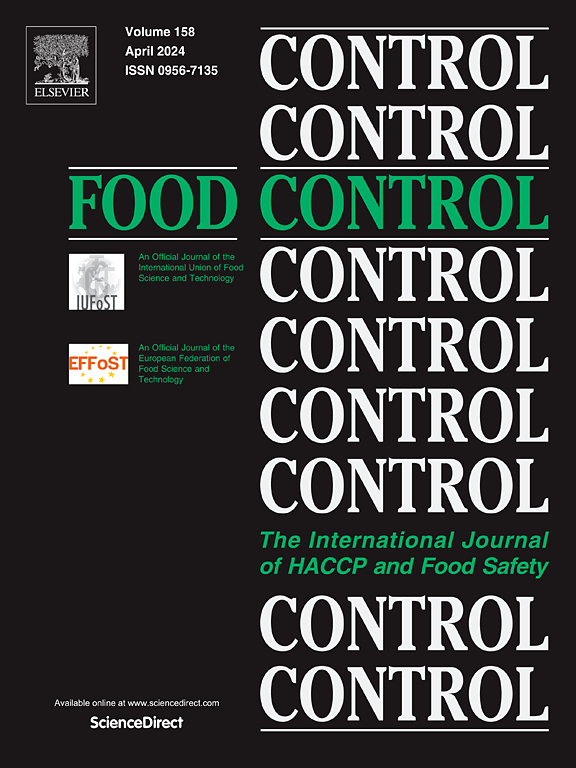Explainability of deep convolutional neural networks when it comes to NIR spectral data: A case study of starch content estimation in potato tubers
IF 5.6
1区 农林科学
Q1 FOOD SCIENCE & TECHNOLOGY
引用次数: 0
Abstract
Explainable AI is gaining popularity as a way to understand the decision-making processes of neural networks and gain insight into their predictions. In this paper, Integrated Gradients (IG) was applied to assess the relevance of spectral features used by deep convolutional neural networks in predicting the starch content of potatoes. For this purpose, spectral information of 7651 tubers of 12 potato varieties was acquired using a NIR spectrometer in the spectral range of 940–1650 nm. This was followed by a reference measurement of starch content. Three one-dimensional deep convolutional neural networks i.e. VGG-19, InceptionV3, and SpectraNet-32 were developed using the Keras API. The deep networks outperformed traditional models in the starch content prediction, with SpectraNet-32 achieving the highest prediction accuracy (R2 = 0.84, RMSE = 1.41%, RPD = 2.46, and rRMSE = 9.88%). Further analysis of the neural networks by IG indicated that the predictions were generated based on starch relevant spectral bands. The results of this study demonstrated that the deep convolutional neural networks not only could accurately predict starch content in potatoes, but also provided certainty in the predictions.
深度卷积神经网络对近红外光谱数据的可解释性:马铃薯块茎淀粉含量估算案例研究
可解释人工智能作为一种了解神经网络决策过程并深入洞察其预测结果的方法,正日益受到人们的青睐。本文将综合梯度(IG)用于评估深度卷积神经网络在预测马铃薯淀粉含量时使用的光谱特征的相关性。为此,使用近红外光谱仪获取了 12 个马铃薯品种的 7651 块茎的光谱信息,光谱范围为 940-1650 nm。随后对淀粉含量进行了参考测量。使用 Keras API 开发了三个一维深度卷积神经网络,即 VGG-19、InceptionV3 和 SpectraNet-32。在淀粉含量预测方面,深度网络的表现优于传统模型,其中 SpectraNet-32 的预测准确率最高(R2 = 0.84,RMSE = 1.41%,RPD = 2.46,rRMSE = 9.88%)。IG 对神经网络的进一步分析表明,预测结果是根据淀粉相关谱带生成的。这项研究的结果表明,深度卷积神经网络不仅能准确预测马铃薯中的淀粉含量,还能提供确定的预测结果。
本文章由计算机程序翻译,如有差异,请以英文原文为准。
求助全文
约1分钟内获得全文
求助全文
来源期刊

Food Control
工程技术-食品科技
CiteScore
12.20
自引率
6.70%
发文量
758
审稿时长
33 days
期刊介绍:
Food Control is an international journal that provides essential information for those involved in food safety and process control.
Food Control covers the below areas that relate to food process control or to food safety of human foods:
• Microbial food safety and antimicrobial systems
• Mycotoxins
• Hazard analysis, HACCP and food safety objectives
• Risk assessment, including microbial and chemical hazards
• Quality assurance
• Good manufacturing practices
• Food process systems design and control
• Food Packaging technology and materials in contact with foods
• Rapid methods of analysis and detection, including sensor technology
• Codes of practice, legislation and international harmonization
• Consumer issues
• Education, training and research needs.
The scope of Food Control is comprehensive and includes original research papers, authoritative reviews, short communications, comment articles that report on new developments in food control, and position papers.
 求助内容:
求助内容: 应助结果提醒方式:
应助结果提醒方式:


